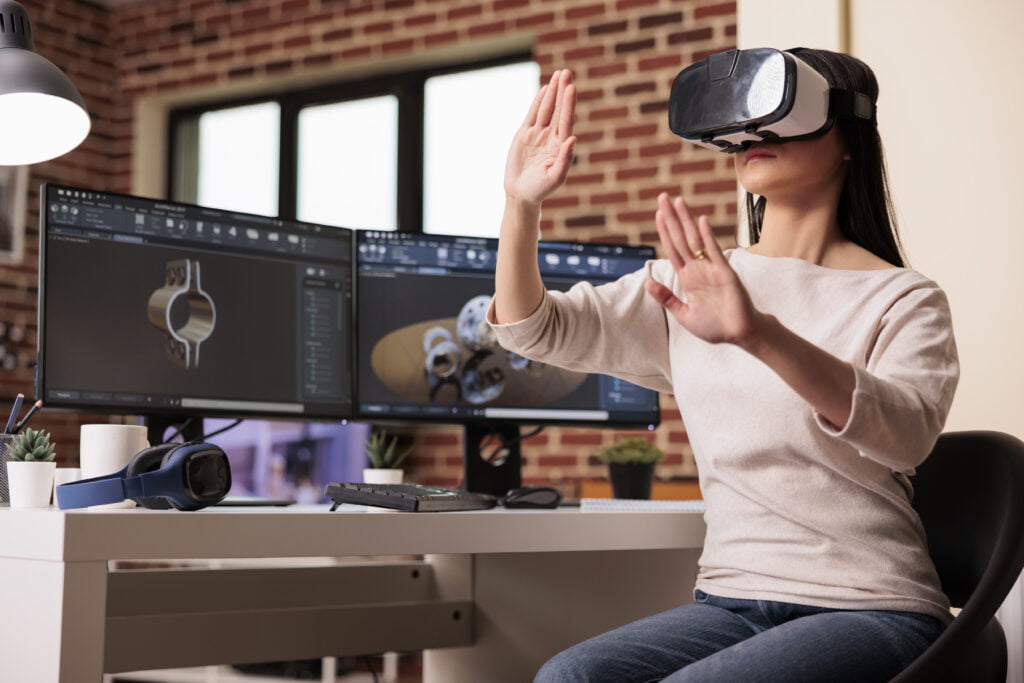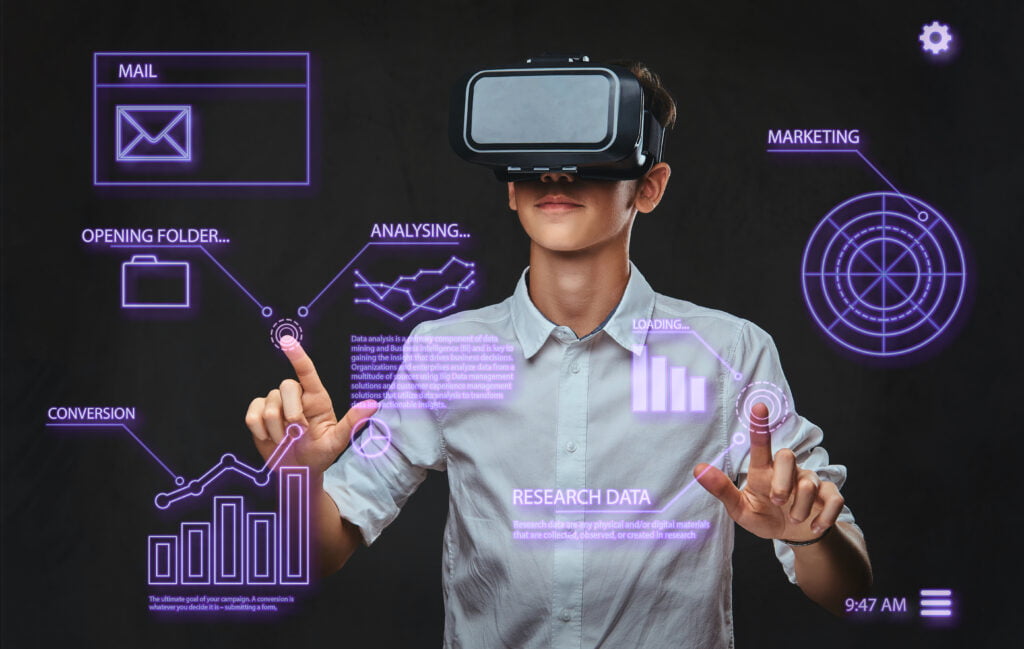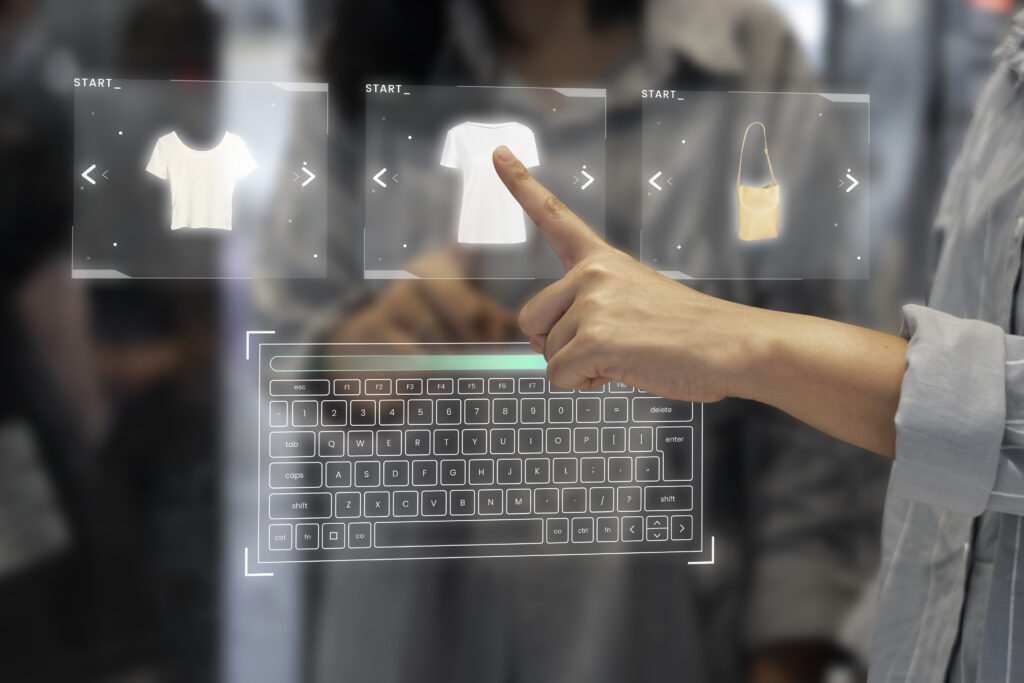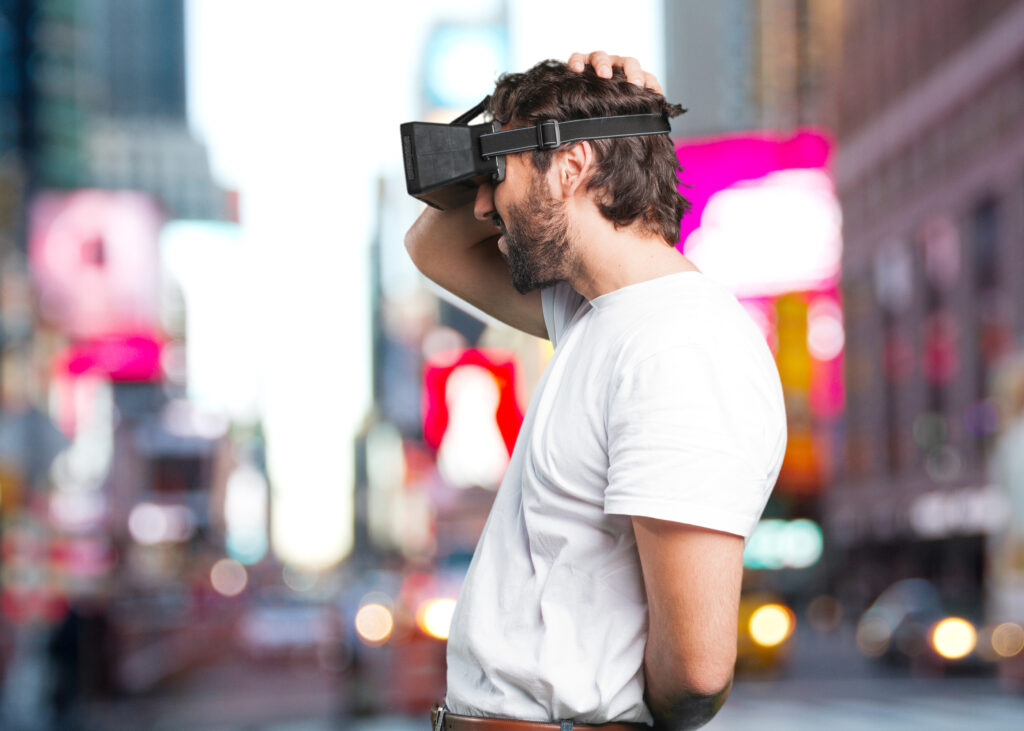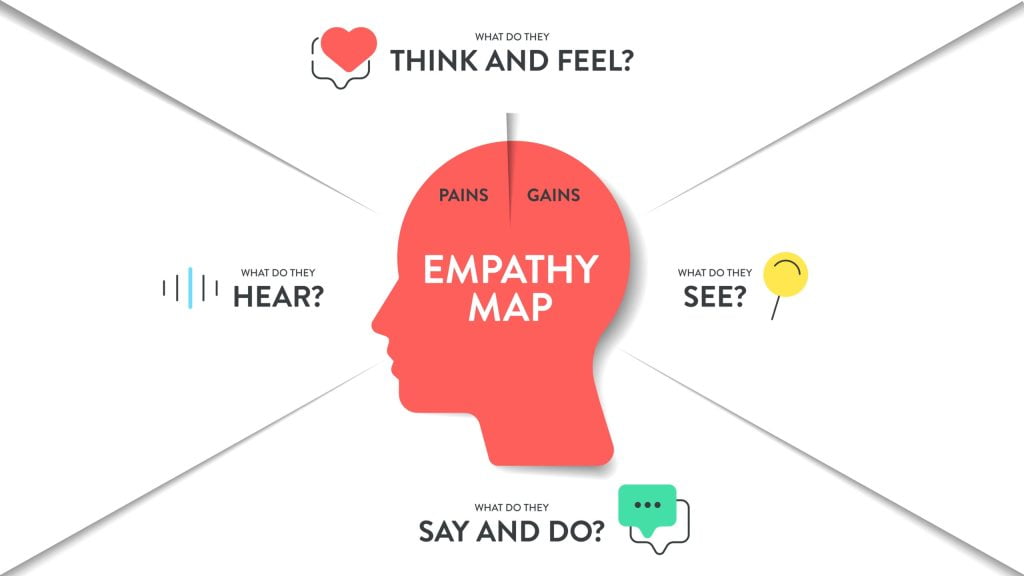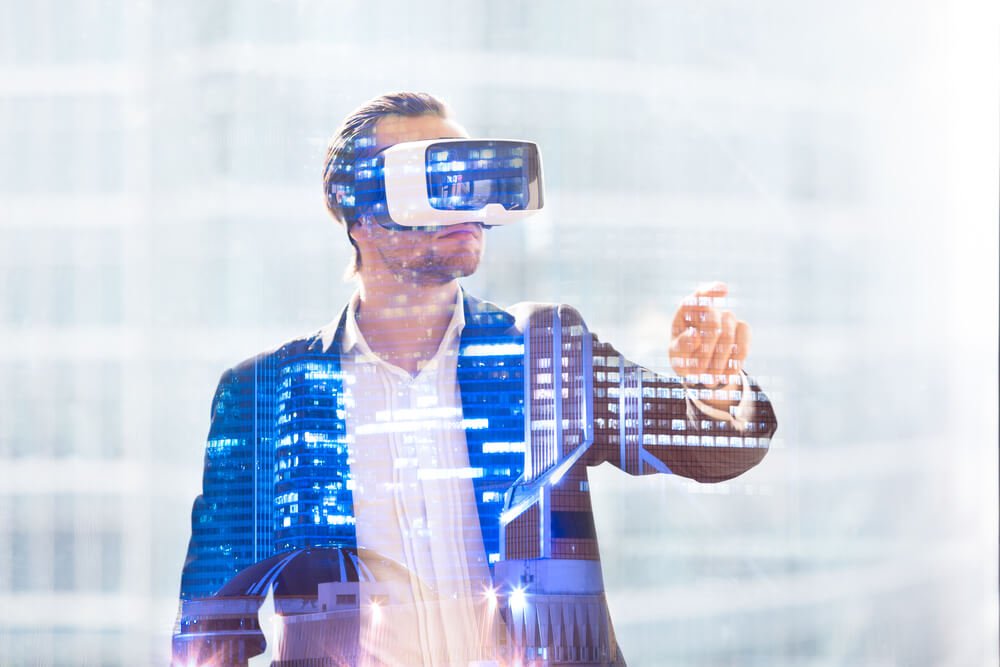Extended Reality (XR) in the Pharma Industry
Table of Contents:
In today’s world, Extended Reality has soaked most industries and pharma is not an exception. Extended Reality technologies are overcoming traditional 2D challenges in the complex process of drug development. It has enabled increased efficiency and comfort for both scientists and specialists and has made their lives much easier and more convenient. In this article, you will find essential information about the possibilities of XR in the context of pharma. How is XR in pharma used? What benefits does it bring to the industry? How to implement XR in your pharmaceutical company? Keep reading to find out!
What actually is XR?
XR in pharma, VR in pharma, AR in pharma – we often hear it, but most people still mix these terms up. Let’s start with a short explanation then. XR (Extended Reality) comprises both Virtual Reality (VR) and Augmented Reality (AR). Virtual Reality entirely immerses the user into virtual surroundings (the user usually wears a VR headset that projects images to human eyes). On the other hand, Augmented Reality adds virtual elements to real-world imagery (usually, a camera takes a picture that is analyzed in real-time and enriched with additional information). Extended Reality is both VR and AR. As more and more XR solutions are becoming available, the XR market is forecasted to be worth $10.82 billion by 2026.
XR in pharma
It turns out that the use of Extended Reality in the pharmaceutical sector has become commonplace. Experts agree that the pharma industry operates within one of the most complex, strictest, and regulated frameworks of any industry. Therefore, XR in pharma is a great answer and solution to the industry challenges. There are lots of established companies, researchers, digital startups, and big tech companies that have quickly absorbed Extended Reality in their daily activities. Some examples of AR and VR in pharma:
- XR is used in stroke rehabilitation – patients recover and train in a motivational, task-oriented, and controlled virtual environment.
- XR in pharma is used in surgeon training – such training is even 20% faster than regular on-site training.
- VR in pharma is used for pain management – patients are treated regularly with relaxing and meditative VR experiences, and it has already shown significant improvements in pain levels.
- VR is used in clinical trials.
And these are just a few examples. There are also VR-supported ocular-motor impairment diagnostics or VR-controlled surgical robots. According to some research, VR and AR in pharma could add approximately $1.5 trillion to the global economy by 2030. What are the problems XR in pharma solves, then?
Data visualization
Thanks to XR in pharma, you can review 3D assets and view 3D models at full scale. It enables scientists and engineers to inspect data in a spatial context and visualize their models at full scale. They have an amazing opportunity to immerse themselves in the world of pharmaceutical data, assess the look and feel, scale, and spatial elements of the drug or other pharma product in a more intuitive way. By using VR and AR they can see their products in their world, their office, laboratory or factory. Doesn’t it sound impressive to interact with virtual molecules?
Virtual learning and training
Training in the pharmaceutical sector is usually costly and time-consuming. XR in pharma can be a solution to these challenges. Simulation processes eliminate the need for physical equipment (and such equipment is usually very expensive) and at the same time, it increases information retention. The XR learning process is more engaging and makes participants store more knowledge. On top of that, using Virtual Reality and Augmented Reality in pharma training creates a sense of personal connection as it feels like real one-on-one training in a virtual world. Professionals are provided with a better understanding of pharmaceutical products, and they can enhance their skills in real-world-like situations. VR in pharma can be also helpful to pharmacy students who prefer visual learning opportunities rather than reading textbooks. Students can access and interact with different VR scenarios remotely, facilitating distance learning or training.
XR in pharma – manufacturing new drugs
XR might be very useful for pharmaceutical designing. The technology uses virtual models which speeds up and simplifies decision making and makes possible changes and modifications much easier to implement at any stage of the production process. It is especially beneficial during the pre-clinical phase and pharmaceutical research. It may be used to visualize molecular structures of target proteins. XR provides valuable insights for the lead generation process which in consequence may result in more successful trials and launches of new drugs. AR in pharma has a positive impact on therapy adherence. It could also play a huge role in at-home patient observations. This may further lower the costs.
Quality
Extended Reality has proved its huge impact on quality control and safety standards in the pharmaceutical sector. Especially in product audits. Such an audit includes the analysis of business processes and production itself. When it comes to quality in pharma, the risk is much higher than in most sectors. Any mistake can damage the entire product development cycle and brand reputation. XR in pharma lowers human error but allows keeping a high level of regularity in products. Among the others, auditors and experts can visualize production processes from remote locations in real-time.
Collaboration
Collaboration is of the utmost importance in most industries and the pharmaceutical sector is not an exception. Thanks to XR in pharma, different teams of experts and scientists located all over the world can work together, fully synced on molecular structures using smartphones and AR/VR software. They can visualize, edit, and update the shared structures for future processing. As most big pharmaceutical companies have manufacturing facilities worldwide, sometimes it is almost impossible to get help from an expert quite miles from the office. AR and VR in pharma solve the issue of costly traveling that consumes time. Experts can troubleshoot without physically being present. They can navigate models and see all details in real-time. The most innovative solutions even include 3D avatars projected at the production site.
Marketing in the pharmaceutical sector
Pharma is quite a difficult industry to promote. Many restrictions to follow, difficult clients, powerful competitors – it is hard to stand out from the crowd. Extended Reality is a way to demonstrate medical products and facilitate communication with healthcare professionals. You can try using XR in pharma no matter if you are a sales representative or if you run a medical-scientific business. For instance, VR and AR in pharma facilitate HCP communications. It works in product demonstrations, XR-enhanced e-detailing, etc.
How to start using XR in pharma
Most companies that haven’t used VR or AR technologies believe that implementing XR in pharma is a very daunting and strenuous task. At some point, it’s true – XR technology is very complex and advanced, so you must spend some time learning how it all works. However, even if this is your first XR experience, you can follow some general tips that will make your XR launch smooth and easy. Knowing how to use VR and AR in pharma may be crucial to your initiatives’ success. How to start then? First, you should get to know your audience well. Find out what information they need and answer their questions. Then, it will be easier to create a unique immersive XR project. The next thing is scalability. Limit your experience to a specific audience and use the best that Extended Reality can offer now. Do not wait until everyone in the industry is using XR in pharma.
XR in pharma – final word
Extended Reality is one of these cutting-edge technologies that advance processes in all areas of our lives. Therefore, it has also advanced the process of new drug discovery. It has extended the efficiency of the R&D teams and speeded up processes are handled. Will XR in pharma stay with us longer? Definitely – it can even be revolutionary.
Read also: Mixed Reality in Healthcare.
What is XR, and how is it used in the pharma industry?
Extended Reality (XR) comprises both Virtual Reality (VR) and Augmented Reality (AR). XR is used in stroke rehabilitation, surgeon training, pain management, clinical trials, ocular-motor impairment diagnostics, and VR-controlled surgical robots. XR is also useful for data visualization, virtual learning and training, manufacturing new drugs, quality control, and collaboration.
How does XR benefit the pharmaceutical industry?
XR offers numerous benefits to the pharma industry, including increased efficiency, improved data visualization, faster and more effective learning and training, faster drug development and modification, better quality control and safety standards, and improved collaboration.
What is the difference between VR and AR in the pharma industry?
Virtual Reality (VR) entirely immerses the user into virtual surroundings, while Augmented Reality (AR) adds virtual elements to real-world imagery. VR is used for pain management and clinical trials, while AR is used for therapy adherence and at-home patient observations.
How can pharmaceutical companies implement XR?
Pharmaceutical companies can implement XR by researching and identifying the areas of their business that could benefit from XR technology, setting up a budget for XR implementation, identifying and partnering with XR technology providers, creating a roadmap for implementation, and conducting training sessions for employees.
Author: Rafał Siejca
Rafal has over twenty years of corporate experience, including roles at Millennium Bank, Comarch, and leading software teams at PZU, one of Europe’s largest insurance companies.As one of Poland’s few true VR experts with a decade of experience, he ensures timely, high-quality project delivery as CEO and CTO.


